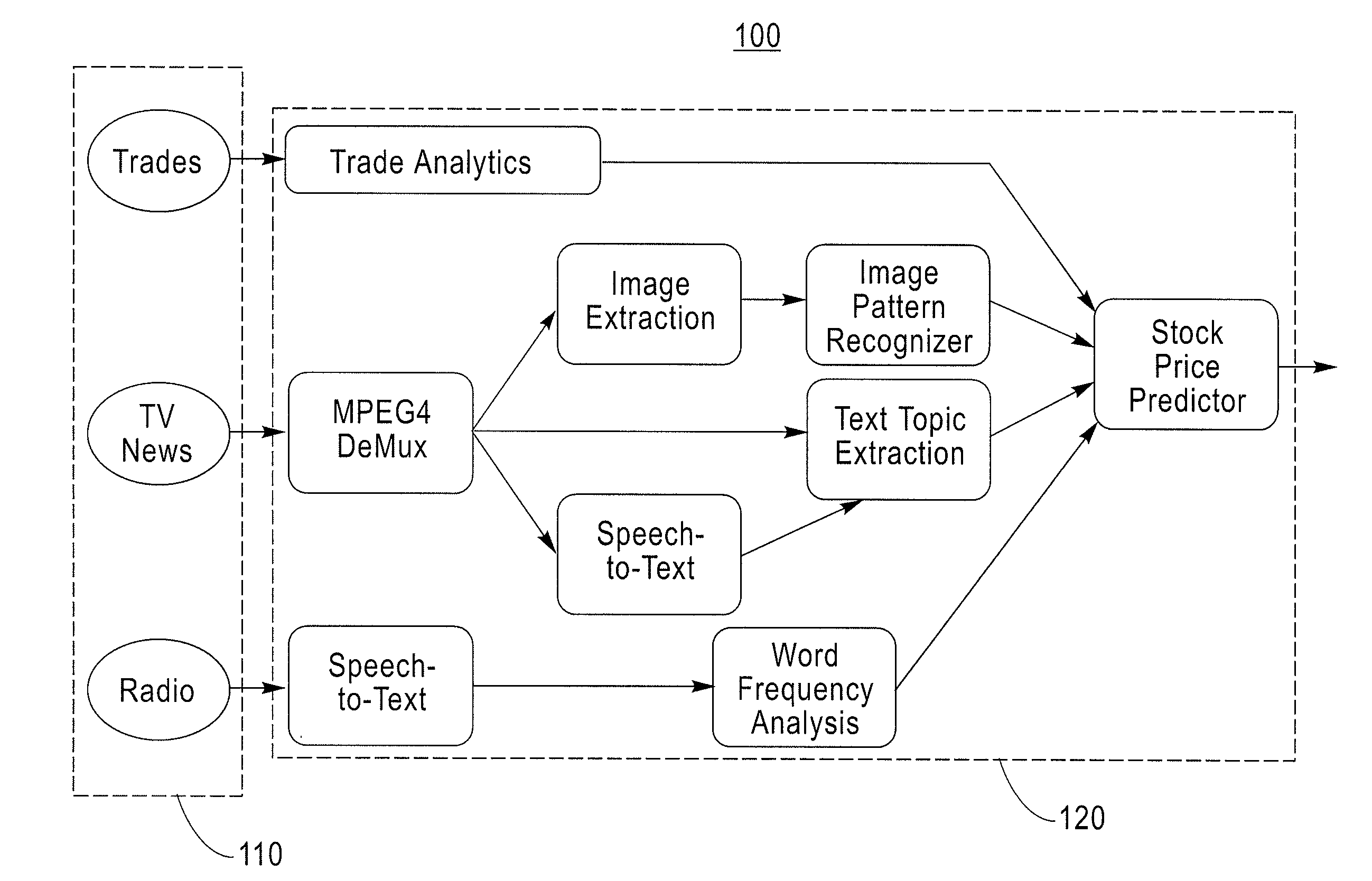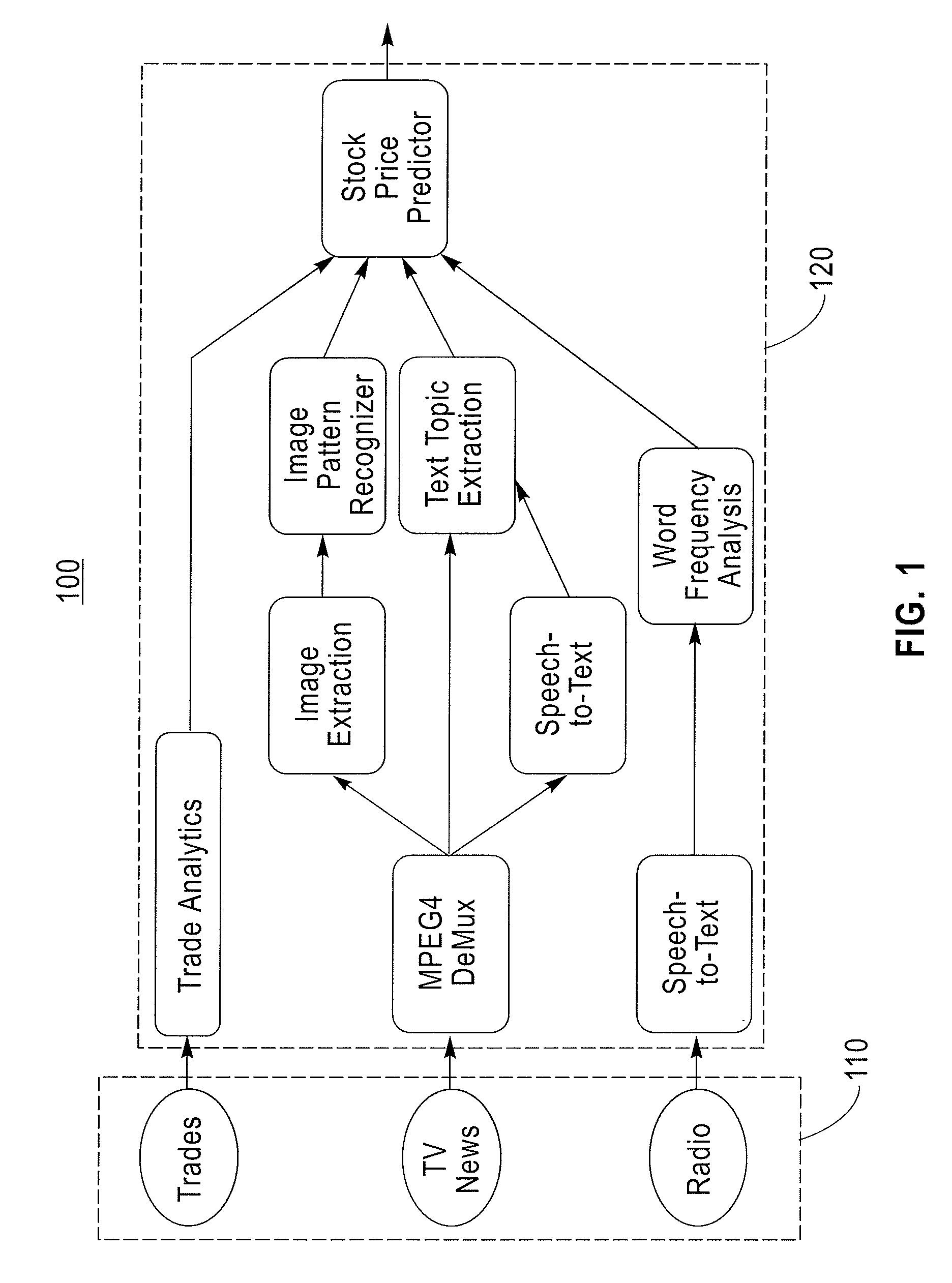Method for declarative semantic expression of user intent to enable goal-driven information processing
a semantic expression and user intent technology, applied in the field of constructing declarative descriptions of information processing requests, can solve the problems of imposing high maintenance costs for any new type or variant of information processing outcome, requiring long development cycles, and not offering sufficient coverage for a wide variety of approaches
- Summary
- Abstract
- Description
- Claims
- Application Information
AI Technical Summary
Benefits of technology
Problems solved by technology
Method used
Image
Examples
Embodiment Construction
[0034]In accordance with an exemplary embodiment of the present invention, a method for conveying to an information system a user's desired outcome of one or more processing requests using semantic descriptions of processing goals plus semantically described constraints on potential solutions is provided. The corresponding semantic descriptions, when specified according to the method and interpreted in the presence of semantically described processing components, are used by a planner / compiler to automatically assemble a processing graph to fulfill the request.
[0035]In this embodiment, semantic graph patterns are used to convey the desired processing outcomes such as goals, and constraints on the means by which the outcomes are pursued. In this manner, the goals and constraints prepared by the user do not convey the mechanism by which the request is to be satisfied, nor do they convey the operators to be applied to produce a result. This allows the compilation mechanism the freedom ...
PUM
 Login to View More
Login to View More Abstract
Description
Claims
Application Information
 Login to View More
Login to View More - R&D
- Intellectual Property
- Life Sciences
- Materials
- Tech Scout
- Unparalleled Data Quality
- Higher Quality Content
- 60% Fewer Hallucinations
Browse by: Latest US Patents, China's latest patents, Technical Efficacy Thesaurus, Application Domain, Technology Topic, Popular Technical Reports.
© 2025 PatSnap. All rights reserved.Legal|Privacy policy|Modern Slavery Act Transparency Statement|Sitemap|About US| Contact US: help@patsnap.com



